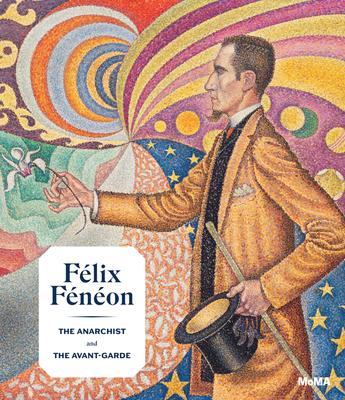The story of French impresario, dandy and anarchist Flix Fnon's extraordinary influence on early modernism
A New York Times critics' pick Best Art Books 2020
"It would not be a commonplace portrait at all, but a carefully composed picture, with very carefully arranged colors and lines. A rhythmic and angular pose. A decorative Flix, entering with his hat or a flower in his hand." With these words, in 1890, Paul Signac described to Flix Fnon the extraordinary portrait he was dedicating to him. In it, Signac paid homage to Fnon's distinctive appearance, his generous but enigmatic personality and his innovative approach to modernism. Signac's portrait spotlights a figure who often chose to remain behind the scenes. But Fnon's impact--as a writer, dealer, publisher, curator, collector and anarchist--was tremendous. Fnon helped define the movement known as neoimpressionism, a term he himself coined in the 1880s; he helped launch the careers of Seurat, Signac, Bonnard, Matisse and Modigliani; he was the first editor of the work of Rimbaud and Lautramont; and he was active in anarchist circles, notoriously so in 1894, following the bombing of a restaurant popular among politicians and financiers, for which he was arrested and acquitted. Flix Fnon: The Anarchist and the Avant-Garde accompanies the first exhibition tracing Fnon's extraordinary, unsung impact on the development of early modernism, a major international event. The publication traces Fnon's career through a selection of major works that Fnon admired, championed and collected, alongside contemporary letters, documents and photographs, and offers a long-overdue celebration of this singular, catalytic figure in art history. In the late 19th and early 20th centuries, in an age of revolutionary change, French polymath Flix Fnon (1861-1944) was at the center of Paris' literary, artistic and anarchist circles. His Novels in Three Lines was translated by Luc Sante and published in 2007.